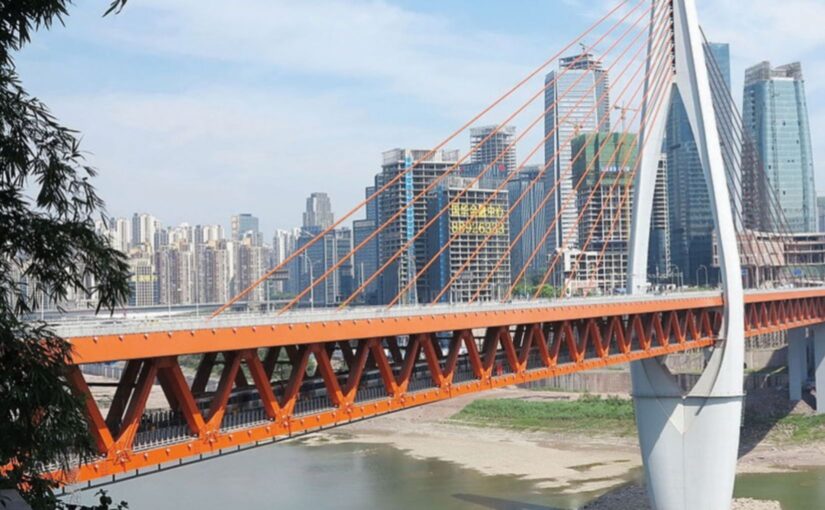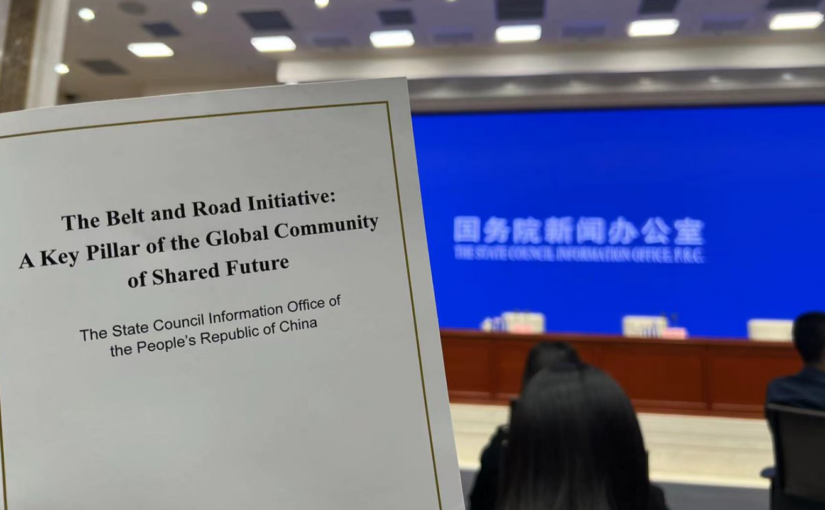We are pleased to publish the following article, submitted by Bhabani Shankar Nayak, arguing that Western media coverage of the partial collapse of the Hongqi Bridge in Sichuan exemplifies a longstanding ideological bias: while infrastructure failures in Europe or the US are treated as isolated events, any such setback in China is framed as evidence of systemic “socialist failure.”
Bhabani notes that the Hongqi Bridge—built in a mountainous, landslide-prone region—collapsed without casualties thanks to rapid local action, yet Western outlets seized on the incident to discredit Chinese engineering.
The author counters that China’s record in infrastructure construction is unparalleled. Under CPC leadership, China has built more than a million modern bridges; 90 of the world’s 100 tallest 21st-century bridges are Chinese. Despite challenging terrain, China has created an integrated national transport system, with over half of its high-speed rail network running on bridges. Provinces such as Guizhou and Chongqing—home to tens of thousands of bridges each—illustrate the scale of this achievement.
This success, Bhabani argues, is largely invisible to Western media due to colonial legacies, anticommunism, and an imperialist refusal to acknowledge China’s surpassing of Europe and the US across numerous development indicators. While Western states face declining infrastructure, rising homelessness, eroding labour rights, and deteriorating public services, China has normalised people-centred development in areas such as food security, healthcare, housing, and education.
Bhabani considers that portraying Chinese setbacks as systemic defeat serves to shield Western capitalism from scrutiny and to prevent Western publics from engaging with China’s developmental model. He calls for European and US media to decolonise their perspectives and recognise that learning from mistakes—rather than obscuring them—is central to China’s ongoing progress.
Bhabani Shankar Nayak is a Professor of Business Management at London Metropolitan University. He is the author or editor of numerous books and articles on China and other issues related to development in the Global South.
Every major mainstream media outlet in Europe and the US has reported on the collapse of the recently completed 758-metre-long Hongqi Bridge in the city of Maerkang, located in China’s southwestern Sichuan province. The bridge, which was part of a national highway connecting the country’s heartland with Tibet, collapsed on November 11, 2025. Local authorities promptly closed the bridge to all traffic, and no casualties were reported thanks to timely precautionary measures. The bridge had been built in a challenging mountainous region where landslides had caused cracks in nearby slopes and roads, ultimately leading to its partial collapse. However, Western media outlets and their capitalist commentators quickly blamed “Chinese engineering and its faulures” and “failure of copied designs,” seeking to undermine China’s development and discredit Chinese expertise and achievements.
Under the leadership of the Communist Party of China, the People’s Republic of China has built more than one million modern bridges. Remarkably, 90 of the world’s 100 tallest bridges constructed in the 21st century are located in China. The country is home to both the world’s highest bridges and the longest sea-crossing bridges, most of which have been built within the past seven decades. Despite the fact that nearly 67 percent of China’s terrain is mountainous—with vast areas of mountains, hills, and plateaus—Chinese engineers have successfully developed an integrated and comprehensive transport and communication network. This infrastructure has been central to China’s unprecedented growth and development. Over half of China’s high-speed rail lines run on bridges, reflecting the country’s engineering ingenuity and determination to overcome natural challenges.
Yet, these remarkable achievements remain largely invisible to the capitalist media outlets of Europe and the US. The colonial legacies of Western media still prevent them from acknowledging that China has surpassed Europe and the United States in nearly every measure of human development and scientific advancement. China stands out in the world for its modern infrastructural development, achieved without any form of colonial or imperialist plunder that historically shaped infrastructure development in Europe and America.
Continue reading Western media paints European failure as an “experience”, but Chinese failure as a “socialist defeat”








